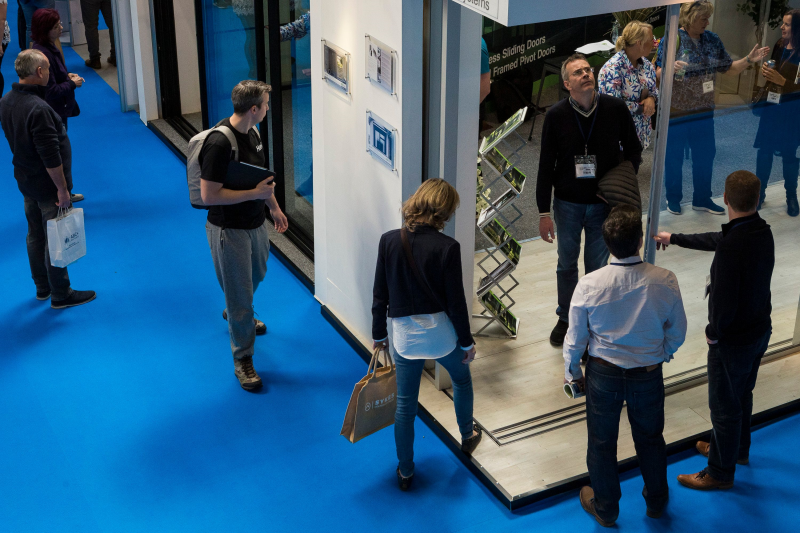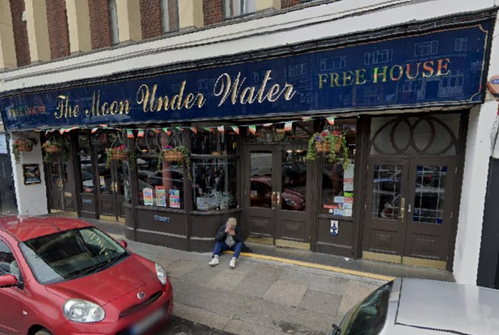An eco expert at the National Homebuilding & Renovating Show, David Hilton, has said: “We are currently seeing energy prices rise exponentially with the expectation that this trend is not going to change.
“This should drive us to all think about how best we can use less energy and also how we can manage the energy and heat we do use. The next step is to work out how that heat is delivered to our homes.
“There will be a lot of discussion around whether you should stay on gas (if you happen to be on the gas grid), stay on your existing off-grid fuels such as oil of LPG or change to a heat pump or possibly use a combination of solutions. The Government seems to have chosen heat pumps (especially air source heat pumps) as their go-to product, but these appliances can be expensive to retrofit into existing homes and may not be the ideal solution right now.
“The cost of electricity is (right now) a lot higher than the cost of gas, which can also make heat pumps seem uneconomical when compared with gas. These costs should not be the basis of long-term decision making as we do see the cost of gas rising faster than the cost of electricity over the next few years, especially when lower carbon, but more expensive, components are added to the mix such as Hydrogen, anaerobic digestion and synthesis gas.
“The Government has said that it would like to see 600,000 heat pumps installed annually by 2028 and has given a small incentive towards that in the form of the Boiler Upgrade scheme which pays £5,000 towards the installation of an air source heat pump and £6,000 towards the installation of a ground source heat pump. These incentive payments are part of a £450 million budget over three years which is effectively less than 90,000 installations, which is a small fraction of the 600,000 per year target.
“So, does this mean that the Government is going to shift from carrot to stick or is there another helping hand waiting in the wings? I guess only time will tell.
“It does however refocus the emphasis on thermal efficiency and future proofing so that any future change (say from a boiler to a heat pump) is a simple move. So how do we do this? Insulation and draft proofing are the first priority.
“When this has been done, we look at recovering waste heat. Heat Recovery ventilation and Waste Water Heat Recovery are two areas that can have great energy savings. The design of the central heating emitters (UFH or radiators) is next.
“Traditional emitter circuits operated at high flow temperatures (around 75C) with a heat loss of 10C - 15C between the flow and return. In modern homes we ideally want to have lower flow temperatures closer to 35C but also with a temperature difference of only 5C.
“This is not always easy to do and takes careful design, but the closer you can get to those criteria the more future proof your home will be.”
The National Homebuilding & Renovating Show, Birmingham brings together thousands of products from hundreds of exhibitors and provide free daily seminars and masterclasses offering specialist advice on financial services, planning permissions, home extensions and conversions, eco and heating, architecture and design.











